Chicago offers a wealth of attractions that would appeal to people with diverse interests.

Here are some key points of interest for each group:
Architect:









- Chicago Architecture Center and river cruise tours
- Iconic skyscrapers like Willis Tower, John Hancock Center, and Aqua Tower
- Frank Lloyd Wright’s Robie House and other Prairie School buildings
- The Loop’s historic buildings like The Rookery and Monadnock Building. The Loop is Chicago’s central business district and the main section of downtown Chicago. It is the second-largest commercial business district in North America.
Boater:
- Chicago River and its system of locks
- Lake Michigan shoreline and harbors
- Navy Pier for boat tours and cruises
- Chicago Yacht Club






Artist:
- Art Institute of Chicago
- Museum of Contemporary Art
- Public art installations like Cloud Gate (“The Bean”) in Millennium Park
- Numerous galleries in River North and West Loop neighborhoods
Historian
- Chicago History Museum
- Historic Water Tower
- Pullman National Monument
- Hull House Museum

Engineer
- Museum of Science and Industry
- Chicago’s movable bridges, especially Michigan Avenue Bridge
- Water purification plants
- Deep Tunnel Project (TARP)

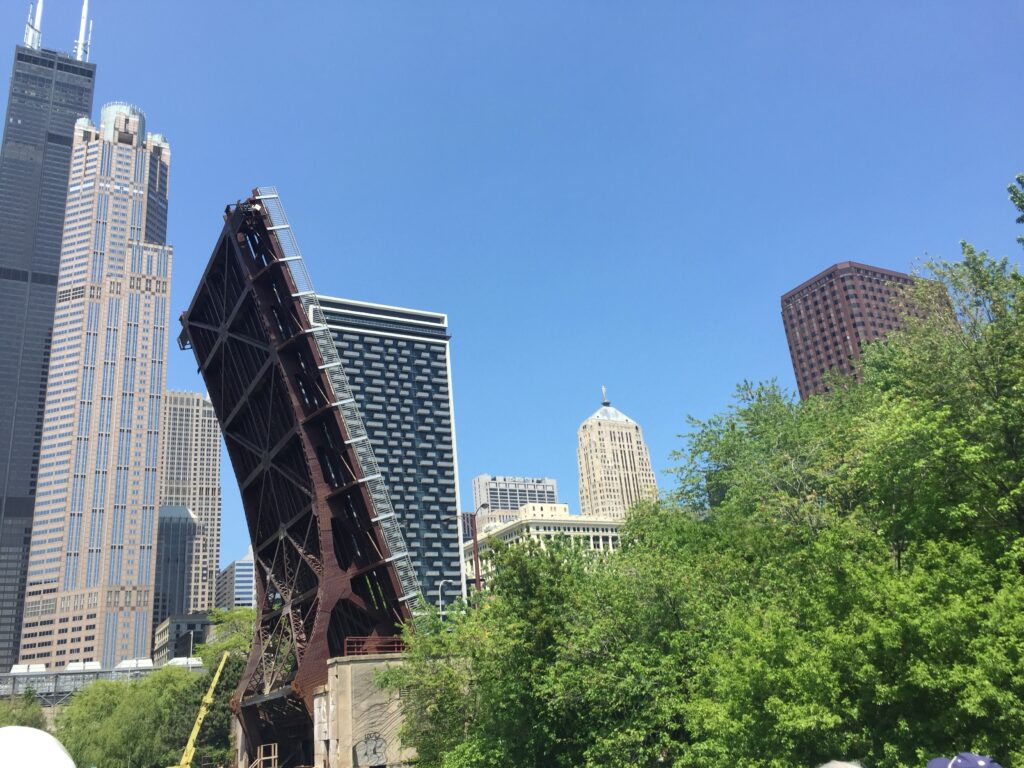


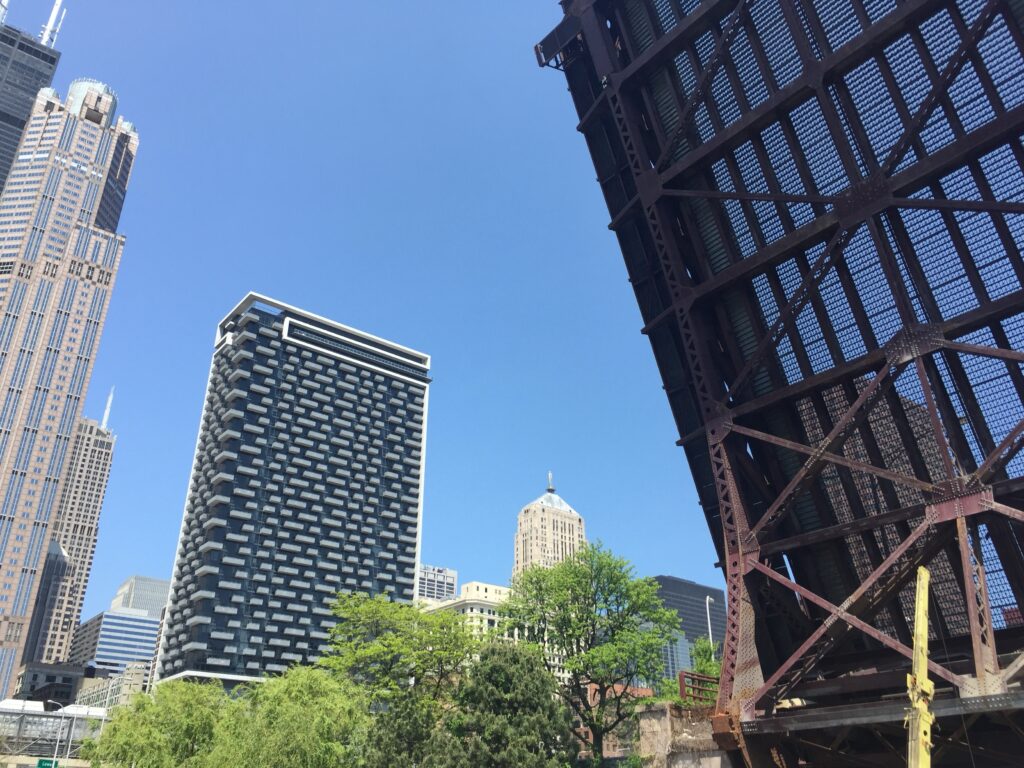



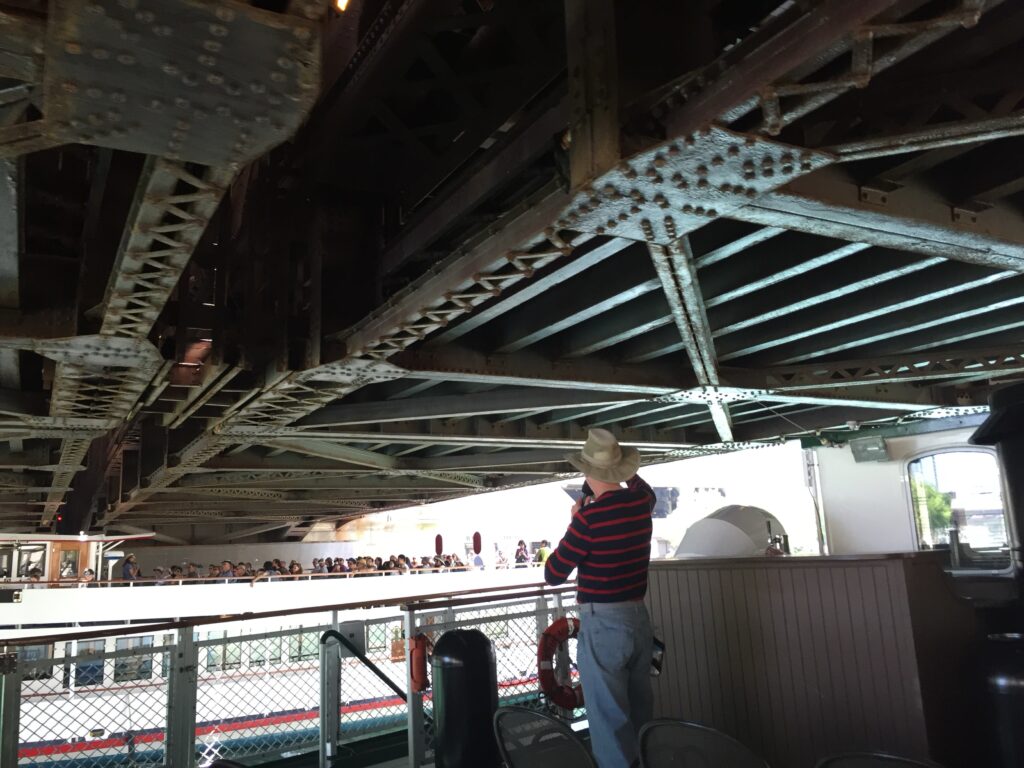
Firefighter

- Chicago Fire Academy
- Chicago Fire Department Fire Museum
- Site of the Great Chicago Fire of 1871
- Fallen Firefighter Memorial

Railroad enthusiast
- Illinois Railway Museum (in nearby Union, IL)
- Union Station
- “L” elevated train system
- Museum of Science and Industry’s “The Great Train Story” exhibit

Patriot



shows their name, date of death and military branch.
- Soldier Field
- Vietnam Veterans Memorial Plaza
- American Writers Museum
- Federal Reserve Bank of Chicago Money Museum
Many of these attractions, like the Chicago Architecture Center river cruise or the Museum of Science and Industry, would appeal to multiple groups, offering a rich experience for visitors with varied interests.
Pullman National Historical Park
Pullman National Historical Park, located on the far south side of Chicago, is a significant site that tells the story of one of the first planned industrial communities in the United States.






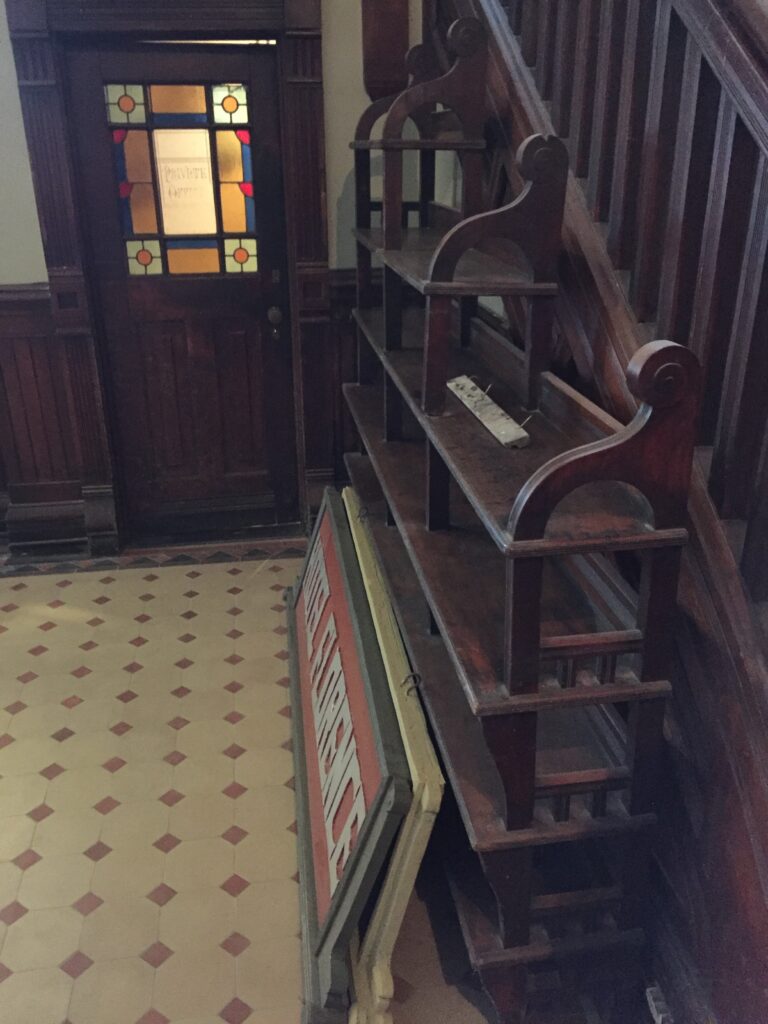

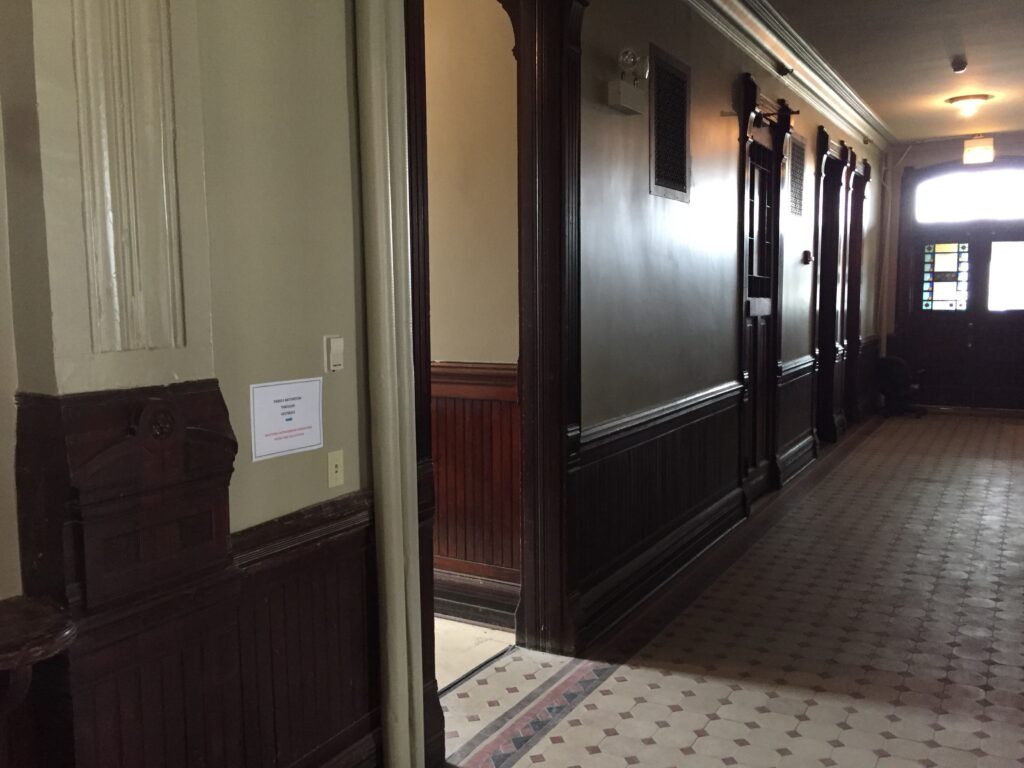
Founded by George Pullman in 1880, the town was designed to house workers of the Pullman Palace Car Company, which manufactured luxury railroad cars.

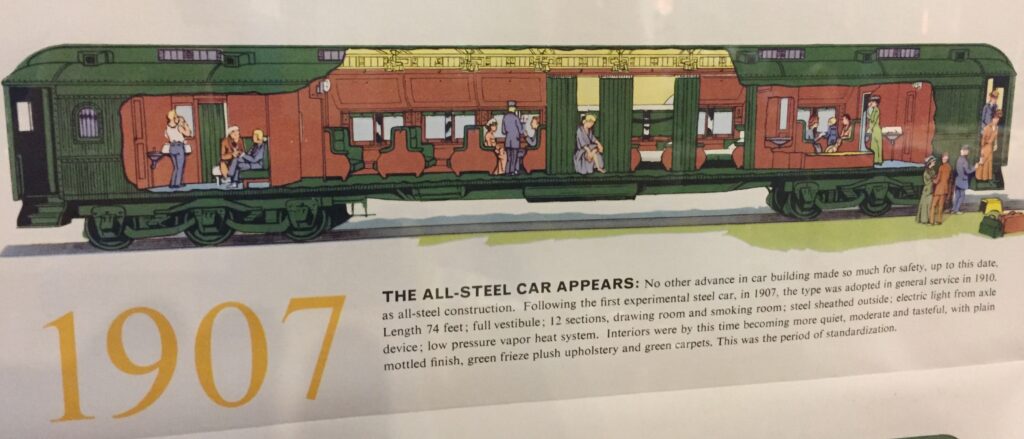
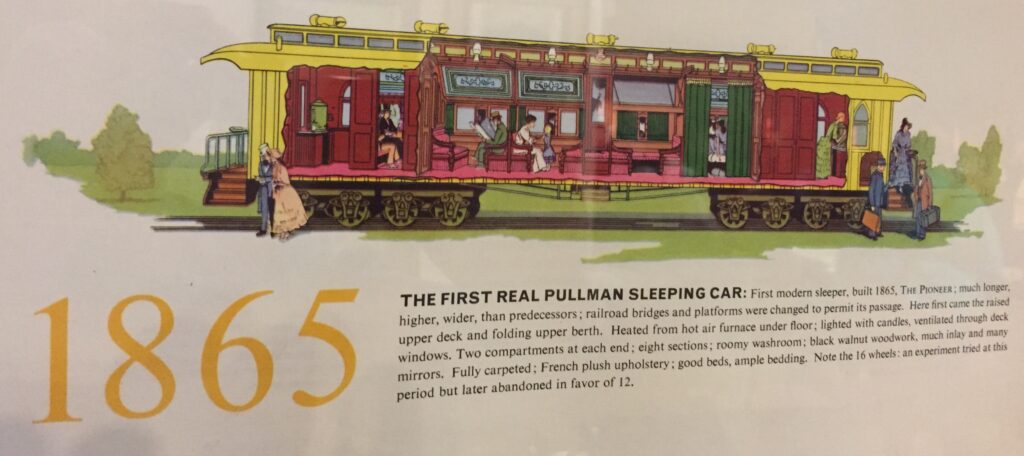

The park is notable for its influence on urban planning and design, as well as its pivotal role in American labor history, particularly the Pullman Strike of 1894. This strike was a key event in the labor movement, highlighting the tensions between labor and management and leading to significant changes in labor laws.

Significance
- Urban Planning: Pullman was one of the first model industrial towns, integrating industrial facilities with residential areas in a park-like setting.
- Labor History: The Pullman Strike and Boycott of 1894 were crucial in the development of the American labor movement, leading to the establishment of Labor Day as a national holiday.
- Cultural Heritage: The park includes historic buildings such as the Pullman Palace Car Works, Hotel Florence, and the Greenstone Church, as well as the A. Philip Randolph Pullman Porter Museum, which highlights African American labor history.

Getting There
- From Downtown Chicago: Pullman National Historical Park is accessible via the Metra Electric Line, with the 111th Street Station being the closest stop. This makes it one of the few national parks accessible by public transit.
- From Chicago Airports: From O’Hare International Airport, you can take public transit into downtown Chicago and then transfer to the Metra Electric Line. From Midway Airport, you can take the Orange Line to downtown and then switch to the Metra Electric Line.

Nearby Attractions
- Indiana Dunes National Park: Located about 30 miles from Chicago, Indiana Dunes National Park offers a different natural experience with its diverse ecosystems, including sand dunes, forests, and beaches along Lake Michigan. It is a popular destination for hiking, bird watching, and enjoying the natural beauty of the area.
Pullman National Historical Park and Indiana Dunes National Park provide a rich blend of historical and natural attractions within close proximity to Chicago, making them excellent destinations for visitors interested in history and nature.
Millennium Park
Millennium Park, home to the iconic Cloud Gate sculpture, commonly known as “The Bean,” is a vibrant area in downtown Chicago that offers a variety of activities and points of interest within walking distance. Here are some highlights:

Activities and Points of Interest
- Cloud Gate (“The Bean”): This reflective sculpture is one of Chicago’s most famous landmarks and a popular spot for photos.
- Jay Pritzker Pavilion: Designed by Frank Gehry, this outdoor concert venue hosts free concerts and events, including the Summer Music Series and the Grant Park Music Festival.
- Crown Fountain: An interactive video sculpture by Jaume Plensa, featuring two 50-foot glass towers that display the faces of Chicago locals and cascade water in the summer.
- Lurie Garden: A 3.5-acre urban sanctuary that combines natural beauty with innovative landscape design.
- Maggie Daley Park: Adjacent to Millennium Park, this park features playgrounds, a climbing wall, and a skating ribbon, making it a great spot for families.
- Boeing Galleries: Outdoor spaces featuring rotating modern and contemporary art installations.
- Millennium Park Events: The park hosts a variety of events throughout the year, including music festivals, outdoor workouts, and holiday celebrations.




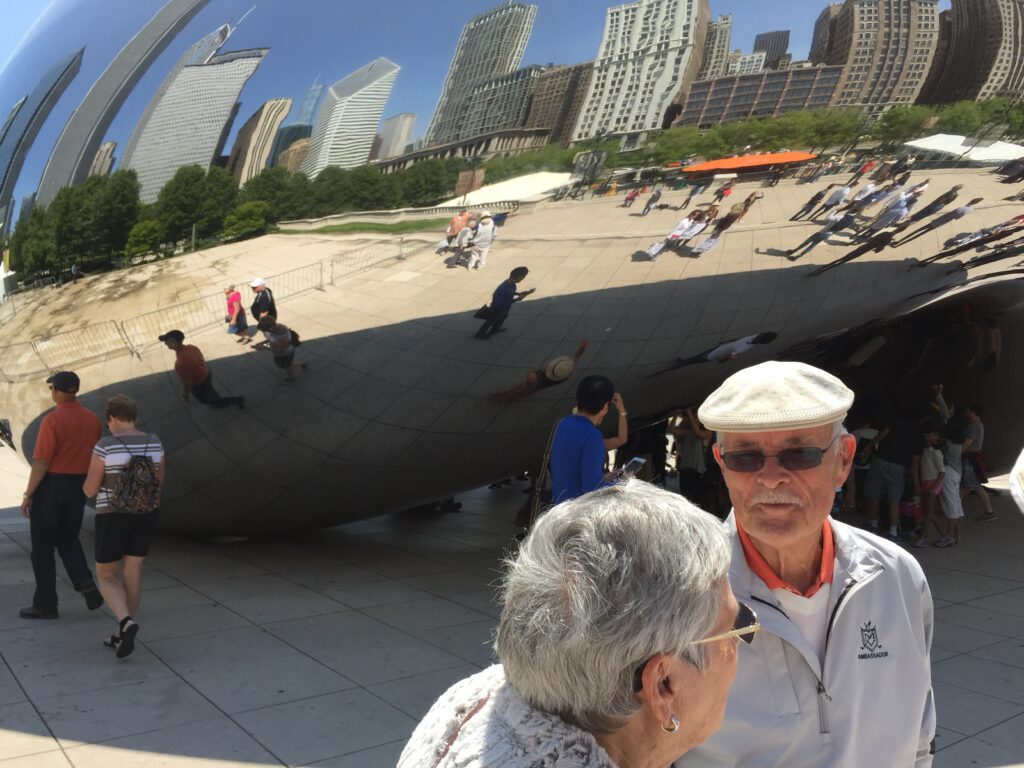
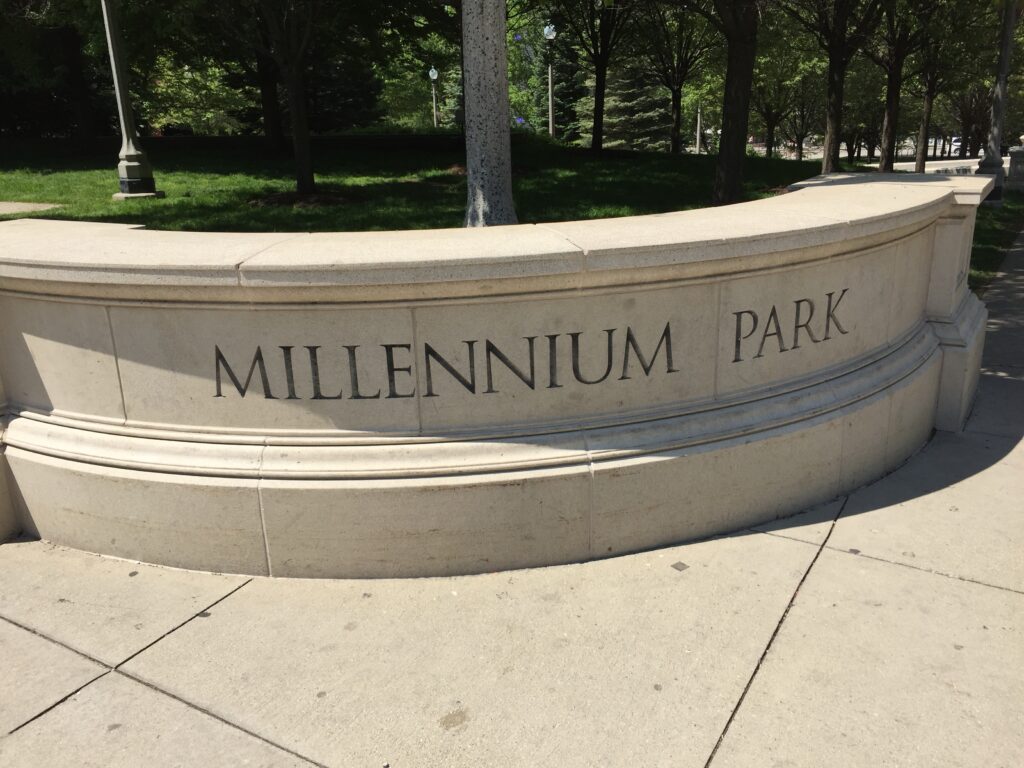
Universities Nearby
While there are no universities directly within walking distance of Millennium Park, several are located nearby in the downtown area, including:
- DePaul University (Loop Campus): Located in the Loop, DePaul’s campus is a short distance from Millennium Park.
- Columbia College Chicago: Also situated in the South Loop, Columbia College is accessible from the park.
- Roosevelt University: Located near the park, offering easy access to its facilities and events.

Getting There
Millennium Park is easily accessible by public transportation. The Washington/Wabash ‘L’ stop serves the CTA Brown, Green, Orange, Pink, and Purple Lines, while the Millennium Park Station provides access to the Metra Electric District and South Shore Line trains.

In summary, Millennium Park and its surrounding area offer a rich blend of cultural, artistic, and recreational activities, making it a must-visit destination in Chicago. While there are no universities directly adjacent to the park, several are located nearby in the downtown area.

Navy Pier
Navy Pier is one of Chicago’s premier attractions, offering a variety of activities and points of interest.
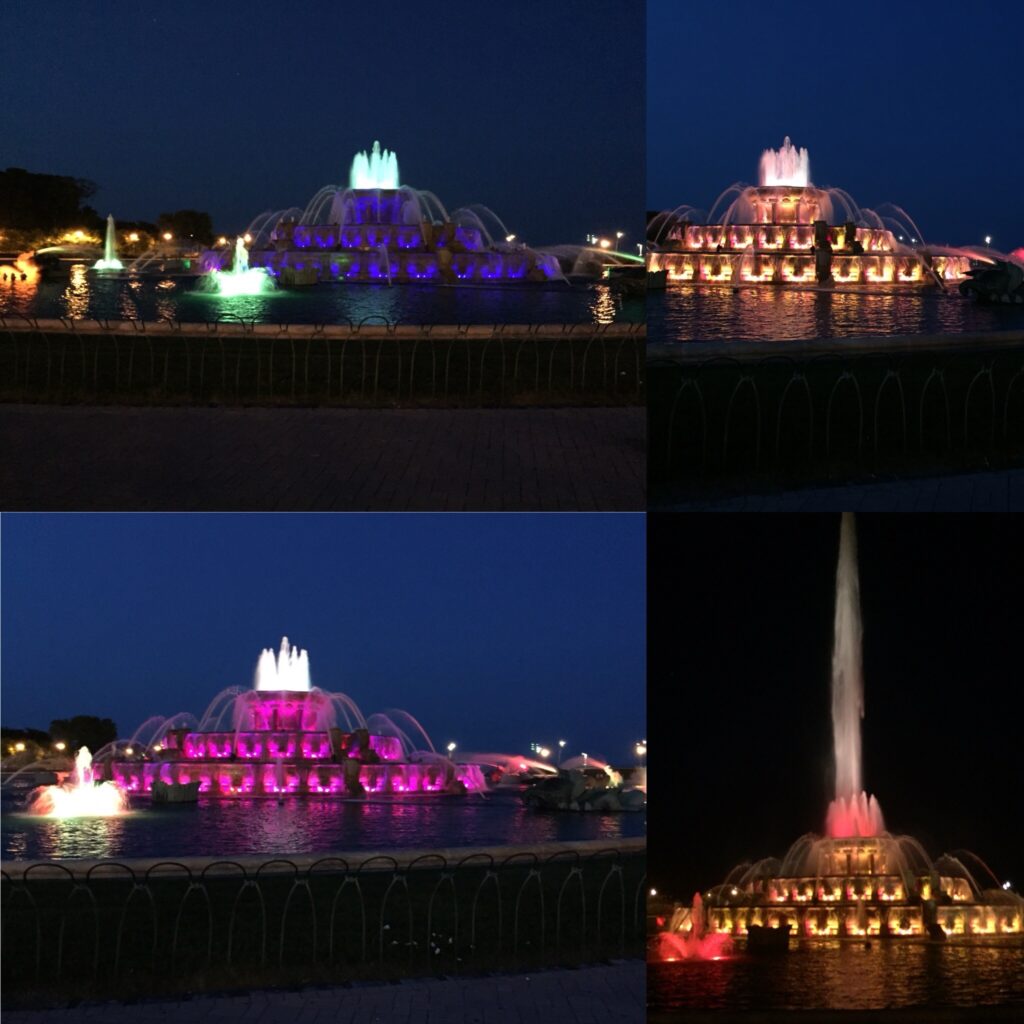
Here are the main attractions near the pier:
Main Attractions at Navy Pier
- Centennial Wheel: A towering Ferris wheel providing stunning views of the Chicago skyline and Lake Michigan.
- Pier Park: Features multiple rides and games, including a historic carousel, a drop tower, and mini-golf.
- Chicago Children’s Museum: Engaging exhibits designed for children and families, making it a popular destination for young visitors.
- Chicago Shakespeare Theater: Offers a diverse range of productions, including plays and musicals, showcasing the works of Shakespeare and contemporary playwrights.
- Flyover Chicago: An immersive experience that takes visitors on a virtual journey over the city’s landmarks.
- Amazing Chicago’s Funhouse Maze: An interactive maze filled with funhouse effects and challenges.
- Illuminarium: A unique immersive experience that transports visitors to different environments, such as the Moon or an African safari.
- Polk Bros Park: A public space for relaxation and free events, offering beautiful views of the lake.
- Restaurants and Bars: A variety of dining options, including the Offshore Rooftop & Bar (the largest rooftop bar in the U.S.) and casual eateries like America’s Dog & Burger.



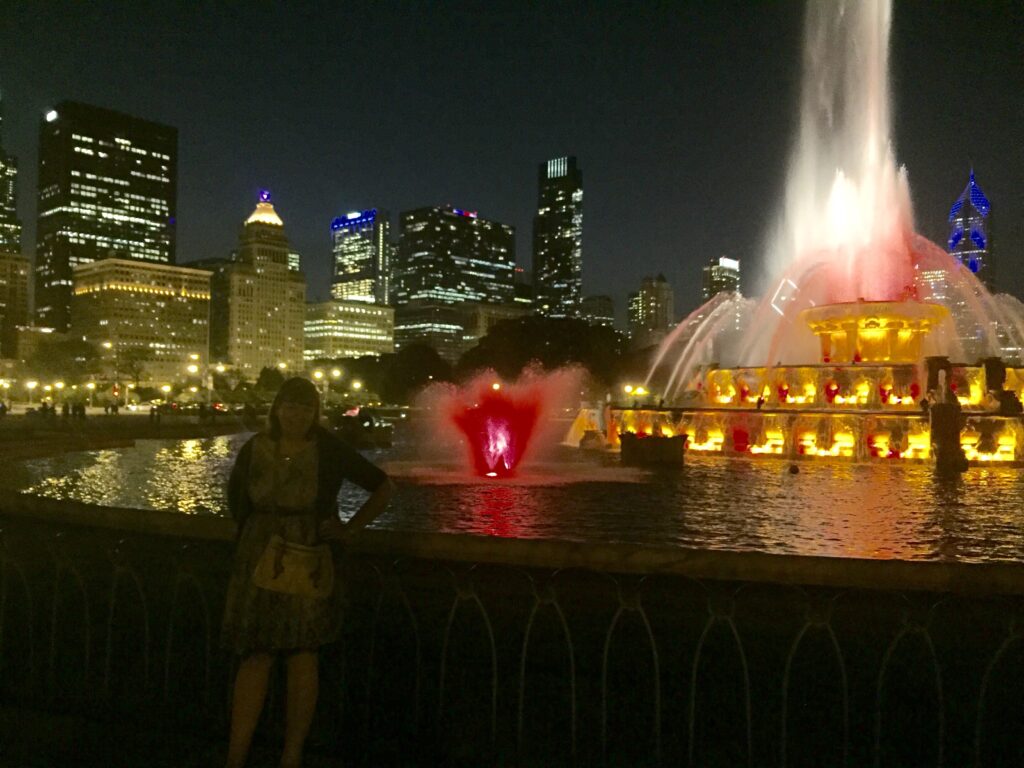


Accessibility
Navy Pier is easily accessible from downtown Chicago and is a must-visit for both tourists and locals, providing a mix of entertainment, culture, and dining options.

Field Museum
The Field Museum in Chicago is a renowned natural history museum offering a wide range of exhibits and attractions. Here’s a comprehensive overview:
Getting to the Field Museum
- Location: The museum is located at 1400 South DuSable Lake Shore Drive in Chicago’s Museum Campus.
- Public Transportation: The closest CTA train stop is Roosevelt, serviced by the Red, Orange, and Green lines. The #146 bus also directly services the Museum Campus.
- Driving and Parking: There are parking options available at Soldier Field North Garage and East Museum Lot, though rates and availability can vary.
Admission and Special Exhibits
- General Admission: The museum offers various ticket options, including discounts through programs like CityPASS and Go City.
- Special Exhibits: The museum hosts special exhibitions, which may require an additional fee beyond general admission. It’s advisable to check the museum’s website for current exhibits and pricing.

Exhibits and Collections
- Dinosaurs: The Field Museum is famous for “SUE,” the most complete Tyrannosaurus rex skeleton ever discovered. Other notable dinosaurs include the Herrerasaurus.
- Native American Artifacts: The museum has a significant collection of Native American artifacts. Recent compliance with federal regulations has led to some displays being covered until tribal consent is obtained.The “Native Truths: Our Voices, Our Stories” exhibit was created in collaboration with Native American community members to present their narratives authentically.











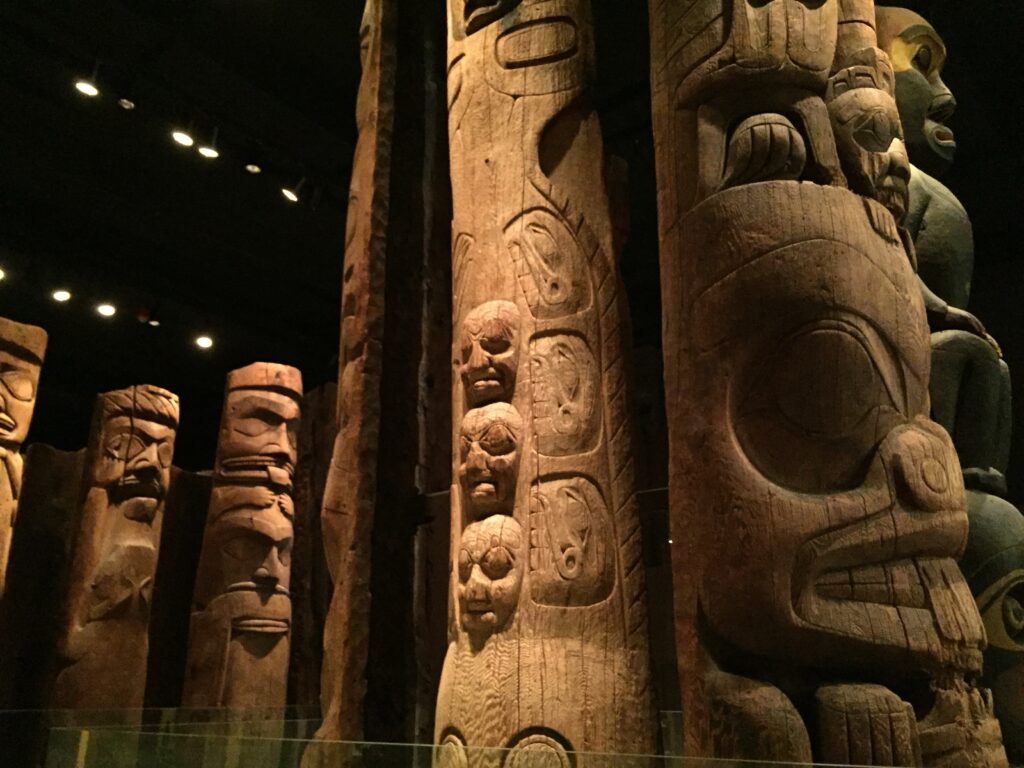
Audience and Purpose
- Target Audience: The museum appeals to a wide range of visitors, including families, students, researchers, and anyone interested in natural history, anthropology, and cultural heritage.
- Creation Purpose: Founded in 1894, the Field Museum was envisioned by anthropologist Frederic Ward Putnam as a continuation of the World’s Columbian Exposition. It was created to house and expand upon the collections from the fair, focusing on anthropology, botany, geology, and zoology.









The Field Museum remains a key cultural and educational institution in Chicago, offering insights into natural history and human cultures. Its diverse exhibits and ongoing research make it a must-visit for anyone interested in exploring the wonders of the natural world. The Field Museum in Chicago is renowned for its extensive natural history collections and engaging exhibitions. Here are some highlights of what visitors can explore and the origin of its name:
Attractions at the Field Museum
- SUE the T. rex: The museum is home to the largest and most complete Tyrannosaurus rex skeleton ever discovered, making it a must-see for dinosaur enthusiasts.
- Maximo the Titanosaur: A massive dinosaur exhibit featuring one of the largest known dinosaurs, providing insights into the prehistoric world.
- Inside Ancient Egypt: This exhibition offers a glimpse into ancient Egyptian culture, featuring mummies, artifacts, and interactive displays.
- Evolving Planet: A journey through the history of life on Earth, showcasing fossils and the evolution of various species.
- The Ancient Americas: This exhibit explores the rich history and cultures of Indigenous peoples across North and South America.
- Crown Family PlayLab: An interactive space designed for children to engage with science and nature through hands-on activities.
- Special Exhibitions: The museum frequently hosts temporary exhibitions that cover a wide range of topics, from natural history to cultural artifacts.

Why It’s Called the Field Museum
The Field Museum was named after Marshall Field, a prominent Chicago businessman and philanthropist. He donated $1 million to help establish the museum following the 1893 World’s Columbian Exposition. His contribution was crucial in making the museum a permanent institution in Chicago, and it has since grown into one of the largest natural history museums in the world.The Field Museum continues to play a vital role in education and research, attracting millions of visitors each year who come to learn about the natural world and human history.
Haymarket
The Haymarket in Chicago refers to a significant historical event known as the Haymarket Affair or Haymarket Riot.

Here are the key points about this event:
- Date and Location: It occurred on May 4, 1886, in Haymarket Square, Chicago.
- Nature of the Event: It was a labor demonstration that turned violent when a bomb was thrown at police, resulting in gunfire and casualties.
- Background: The demonstration was organized to protest police brutality against workers striking for an 8-hour workday.
- Significance:
- It became a symbol of the international struggle for workers’ rights.
- It’s associated with the origin of May Day (May 1) as International Workers’ Day.
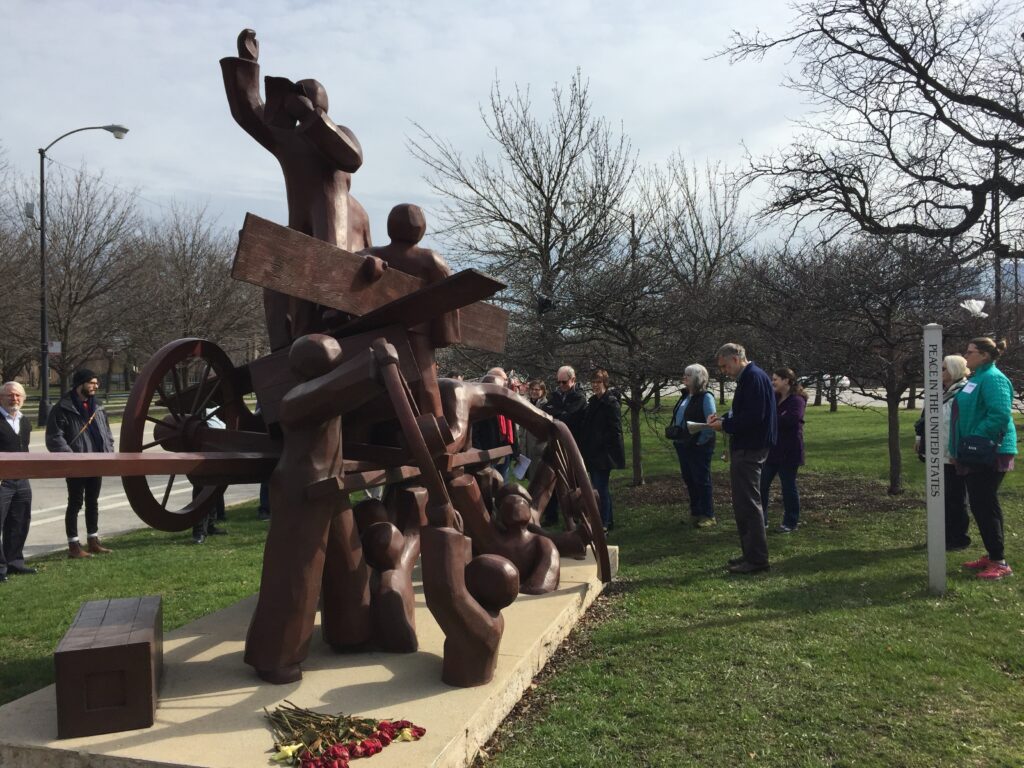
Aftermath
- Seven police officers and at least four civilians died.
- Eight anarchists were convicted of conspiracy, despite lack of evidence linking them directly to the bombing.
- Four of the convicted were executed, sparking controversy and debate about justice and labor rights.

Legacy
- The site has become a powerful symbol for various movements related to free speech, labor rights, and social justice.
- A memorial sculpture by Mary Brogger now marks the location of the event.
Historical Impact
- It led to the first “Red Scare” in America, galvanizing public opinion against the radical left.
- The event significantly influenced labor movements and political discourse in the United States and internationally.

The Haymarket Affair remains a crucial part of Chicago’s history and is remembered as a pivotal moment in the American labor movement.
Historic Michigan Avenue
Historic Michigan Avenue in Chicago refers to a significant stretch of the street that is known for its rich history, architectural significance, and cultural importance.



Here are the key points about Historic Michigan Avenue:
Overview
- Location: Michigan Avenue runs north-south, with the historic section primarily located between 11th Street (Roosevelt Road) and Randolph Street, facing Grant Park.
- Designation: This area was designated a Chicago Landmark on February 27, 2002, due to its historical and architectural significance.
Historical Significance
- Origins: Originally named Michigan Boulevard before the Great Chicago Fire of 1871, the street was primarily residential but evolved into a commercial hub.
- Architectural Development: The area features a cohesive “streetwall” of significant buildings, showcasing various architectural styles that contribute to Chicago’s skyline.
- Cultural Institutions: Notable institutions along this stretch include the Art Institute of Chicago and the Chicago Cultural Center, which highlight the area’s cultural heritage.



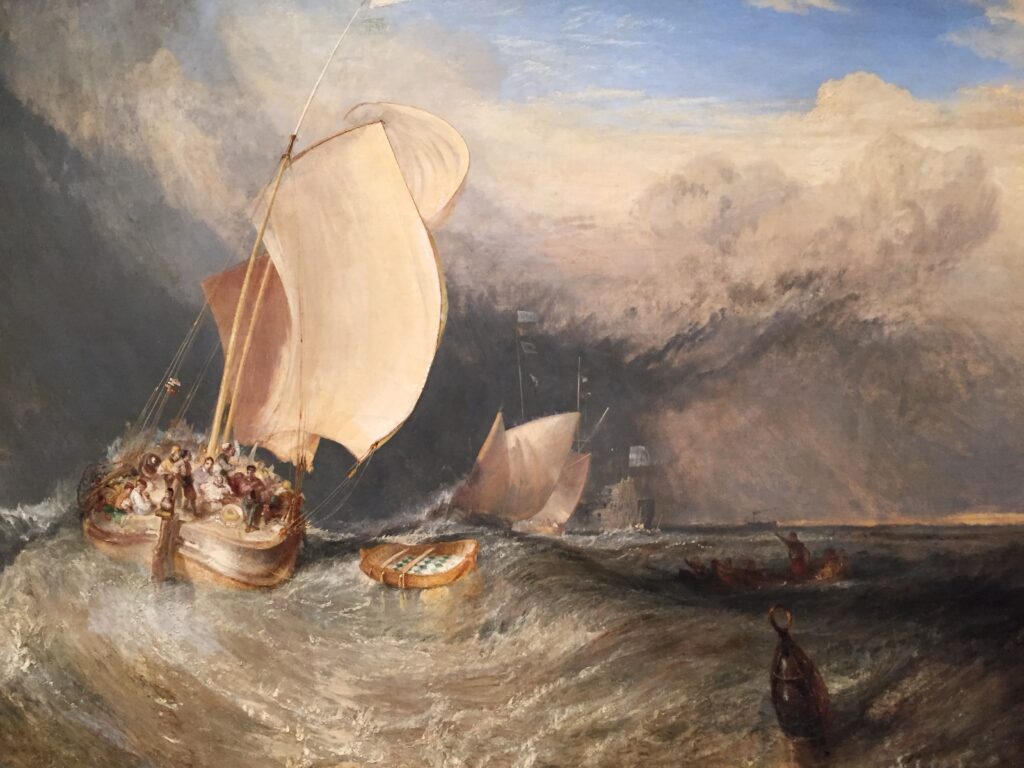
1870/75


Piles of Sand 1875


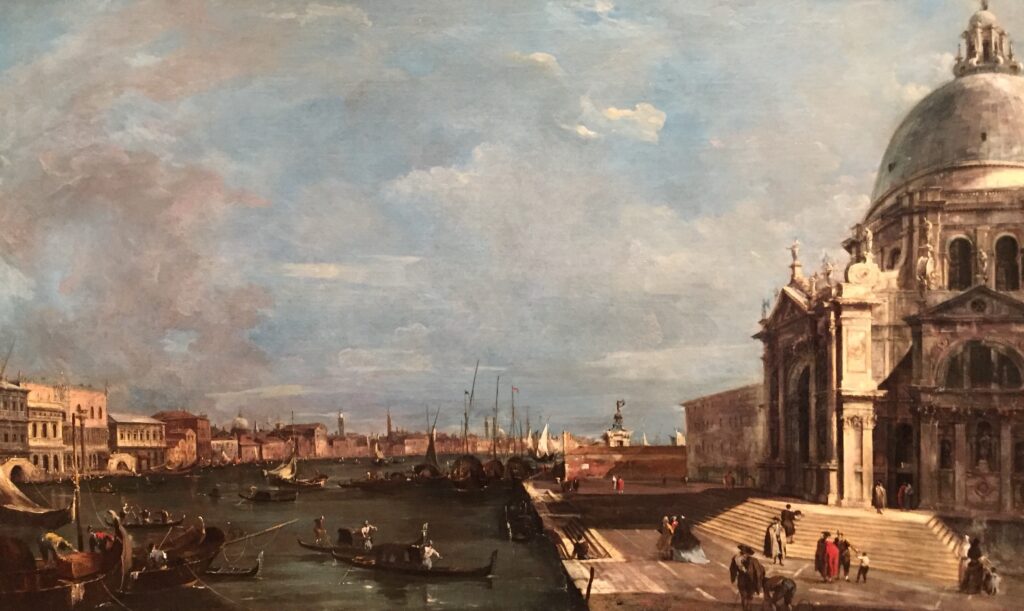

Key Features
- Grant Park: The avenue’s design allows for views of Grant Park, which has been integral to the city’s recreational and cultural landscape.
- U.S. Route 66: The eastern terminus of this historic highway is located at the intersection of Michigan Avenue and Jackson Boulevard, adding to its significance.

America’s most famous road was officially named in 1926 and rolled in an unbroken (and largely unpaved) stretch for more than 2,400 miles from Chicago to Santa Monica. Unlike other, straighter highways of the time, it wound through rural communities in Illinois, Missouri, Kansas, Oklahoma, Texas, New Mexico, Arizona, and California. Route 66 gave farmers access to new markets and spurred the growth of interstate trucking because of its flat topography and generally good weather. During the Dust Bowl of the 1930s, Route 66 became an artery of migration for Midwest farming families headed to California-and the return of most of them within months. During the Depression, Route 66 became an economic lifeline for the communities through which it passed. Thousands of mom-and-pop service stations, motels, and eateries blossomed. By 1938, the entirety of Route 66 was paved, and it supported another, more lasting wave of westward migration to defense industry jobs on the West Coast. It also became an important route for moving troops and military equipment.
Modern Importance
- Commercial Hub: Michigan Avenue, particularly the Magnificent Mile, has become a premier destination for shopping, dining, and tourism, attracting millions of visitors annually.
- Urban Planning: The development of Michigan Avenue was influenced by the Chicago Plan of 1909, which aimed to enhance the street’s commercial viability and aesthetic appeal.
Historic Michigan Avenue is a vital part of Chicago’s identity, blending history, culture, and commerce into a vibrant urban experience.
Palmer House
Palmer House, a Hilton Hotel, is a historic hotel located in downtown Chicago at 17 E Monroe St. It is notable for its rich history and architectural significance.

Here are some key highlights:
History and Significance
- Established: Originally opened in 1871 as a wedding gift from Potter Palmer to his wife, Bertha. It was rebuilt after the Great Chicago Fire, reopening in 1873.
- Innovative Features: The hotel was the first in the U.S. to incorporate electric lighting, elevators, and other modern amenities.
- Cultural Impact: Over the years, it has hosted numerous prominent figures, including U.S. presidents and famous entertainers.
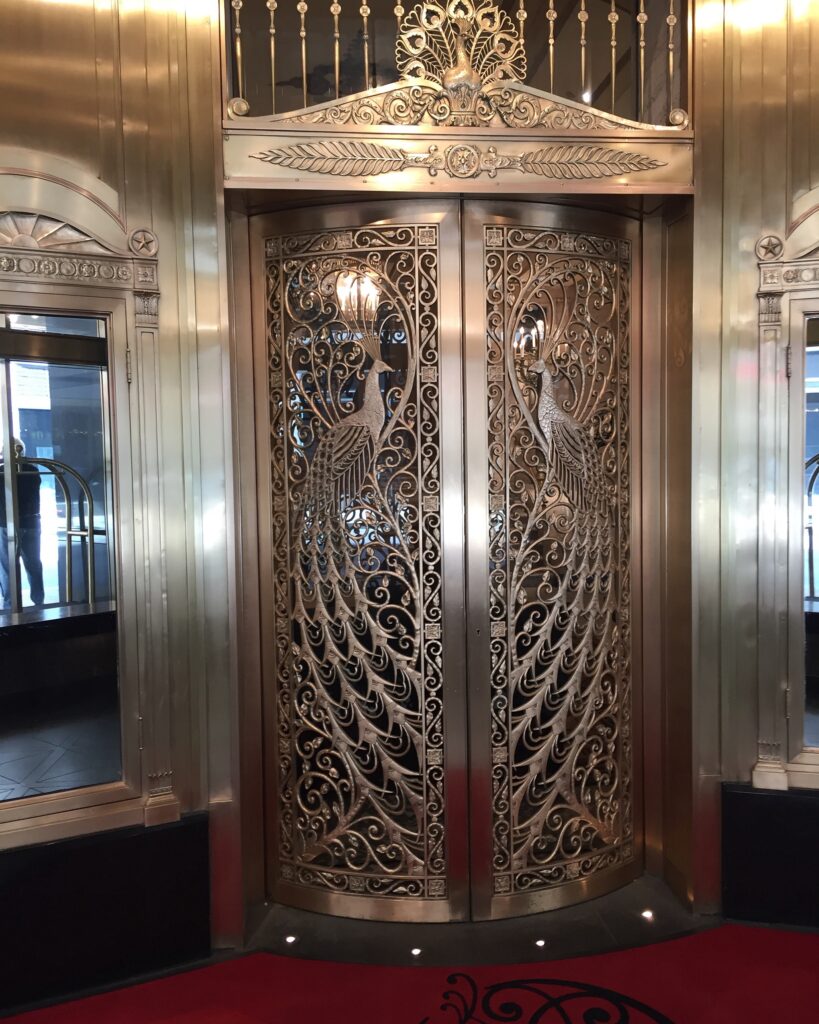
Attractions
- Stunning Architecture: The lobby features beautiful frescoes and ornate decor, making it a visual treat.
- Culinary Legacy: The Palmer House is credited with the invention of the brownie, created for the 1893 World’s Columbian Exposition.
- Renovations: Recently underwent a $170 million renovation, blending modern comforts with historical charm.

Is It Worth a Visit?
Yes, visiting Palmer House is worthwhile for those interested in history, architecture, and culinary heritage. The hotel offers a glimpse into Chicago’s past and is conveniently located near attractions like Millennium Park and the Art Institute of Chicago. The ambiance and historical significance make it a unique experience for both tourists and locals.




Chicago’s Chinatown
Chicago’s Chinatown and Seattle’s Chinatown-International District both have rich histories and cultural significance, yet they differ in their development and current status.

History and Development
- Formation: Chicago’s Chinatown formed around 1912 after Chinese settlers moved from near the Loop to the South Side, primarily along Wentworth Avenue and Cermak Road.
- Growth: The community expanded due to the influx of Chinese immigrants, particularly after the Immigration and Nationality Act of 1965.
- Cultural Hub: It serves as a community center for Chinese-Americans in the Midwest and a popular tourist destination.

Significance
- Cultural and Economic Center: Home to numerous Chinese restaurants, shops, and cultural landmarks like the Chinatown Gate and Ping Tom Memorial Park.
- Community Resilience: Despite historical challenges, including discrimination and anti-Chinese immigration laws, the community has thrived and continues to grow.
Seattle’s Chinatown-International District
History and Development
- Formation: Seattle’s Chinatown-International District is one of the oldest Asian-American neighborhoods in the U.S., with roots dating back to the late 19th century.
- Diverse Community: It includes not only Chinese but also Japanese, Filipino, and Vietnamese communities, reflecting a broader Asian influence.
Significance
- Cultural Diversity: Known for its multicultural festivals and diverse culinary offerings.
- Preservation Efforts: Recently listed as one of the most endangered historic places due to urban development pressures.

Comparison
- Cultural Influence: Both Chinatowns serve as cultural and community hubs, preserving Chinese heritage and offering authentic cultural experiences.
- Growth and Challenges: Chicago’s Chinatown is noted for its growth and expansion, while Seattle’s faces challenges from urban development.
- Tourism and Community: Both areas attract tourists and serve as important cultural centers, but Chicago’s Chinatown is unique for its ongoing expansion and political influence.
In summary, while both Chinatowns are significant cultural landmarks, Chicago’s is noted for its growth and resilience, whereas Seattle’s is recognized for its cultural diversity and preservation challenges.








Oak Park
Ernest Hemingway was born in Oak Park, Illinois, on July 21, 1899, in a Victorian home built by his maternal grandparents. Ernest Hemingway was born and lived in this home for the first six years of his life with his family. This suburb of Chicago is known for its historical and cultural significance, particularly as the birthplace of the famous author.

Safety in Oak Park
Oak Park is generally considered a safe and pedestrian-friendly suburb. It is known for its community-oriented atmosphere, historic homes, and well-maintained public spaces, making it a pleasant area for walking and exploring.

Reasons for Visiting Oak Park
- Hemingway’s Birthplace: The Ernest Hemingway Birthplace Museum is a major attraction, offering guided tours that explore the early life of the author.
- Architectural Interest: Oak Park is home to numerous Frank Lloyd Wright-designed buildings, making it a draw for architecture enthusiasts.
- Cultural and Historical Significance: The area is rich in history and culture, with various museums, galleries, and historical sites.
- Community Events: Oak Park hosts various events and programs throughout the year, enhancing its appeal to visitors.

Overall, Oak Park’s blend of cultural heritage, architectural significance, and safe, walkable streets make it an attractive destination for tourists and literary enthusiasts alike.

Train journey from Seattle to Chicago
The Amtrak Empire Builder offers a scenic and iconic train journey from Seattle to Chicago, passing through diverse landscapes and offering several notable stops along the way. Here’s an overview of the trip and some major stops that might be worth visiting:
Empire Builder Route Highlights
The Empire Builder travels through the Pacific Northwest, the Rocky Mountains, the Great Plains, and into the Midwest, providing breathtaking views and a unique travel experience.

Major Stops Worth Visiting
- Seattle, WA: The journey begins in Seattle, a city known for its vibrant culture, iconic Space Needle, and bustling Pike Place Market.
- Leavenworth, WA: A Bavarian-themed village nestled in the foothills of the Cascades, offering shops, wine tasting, and outdoor activities like hiking and rafting[3].
- Whitefish, MT: A resort town near Glacier National Park, ideal for skiing in winter and exploring outdoor attractions like Flathead National Forest in summer[3].
- East Glacier Park, MT: A gateway to Glacier National Park, offering stunning natural beauty and outdoor activities like hiking and wildlife viewing[6].
- Minneapolis-St. Paul, MN: Known for its cultural attractions, including museums and theaters, as well as vibrant neighborhoods and parks[3].
- Milwaukee, WI: Offers a rich brewing history, lakefront parks, and attractions like the Harley-Davidson Museum[3].
- Chicago, IL: The final destination, Chicago is renowned for its architecture, museums, music venues, and attractions like the Willis Tower and Navy Pier[3].

Travel Tips
- Duration: The entire journey takes approximately 45 hours, so it’s advisable to plan for overnight stays if you wish to explore stops along the way[6].
- Booking: You can disembark and reboard, but each segment must be booked separately, and you should plan for at least one night in each stopover city.
- Best Time to Travel: Summer is ideal for viewing the scenic landscapes, especially the Rockies and Glacier National Park.
The Empire Builder offers a leisurely and scenic way to travel from Seattle to Chicago, with opportunities to explore unique towns and natural wonders along the route.
Amtrak’s main station in Chicago is Union Station, located at 225 S Canal Street in the West Loop neighborhood. Here are some key details about the station and nearby attractions:
Chicago Union Station
- A major intercity and commuter rail terminal
- Amtrak’s flagship station in the Midwest
- Opened in 1925 and recently renovated
- Features the iconic Great Hall with its restored ceiling
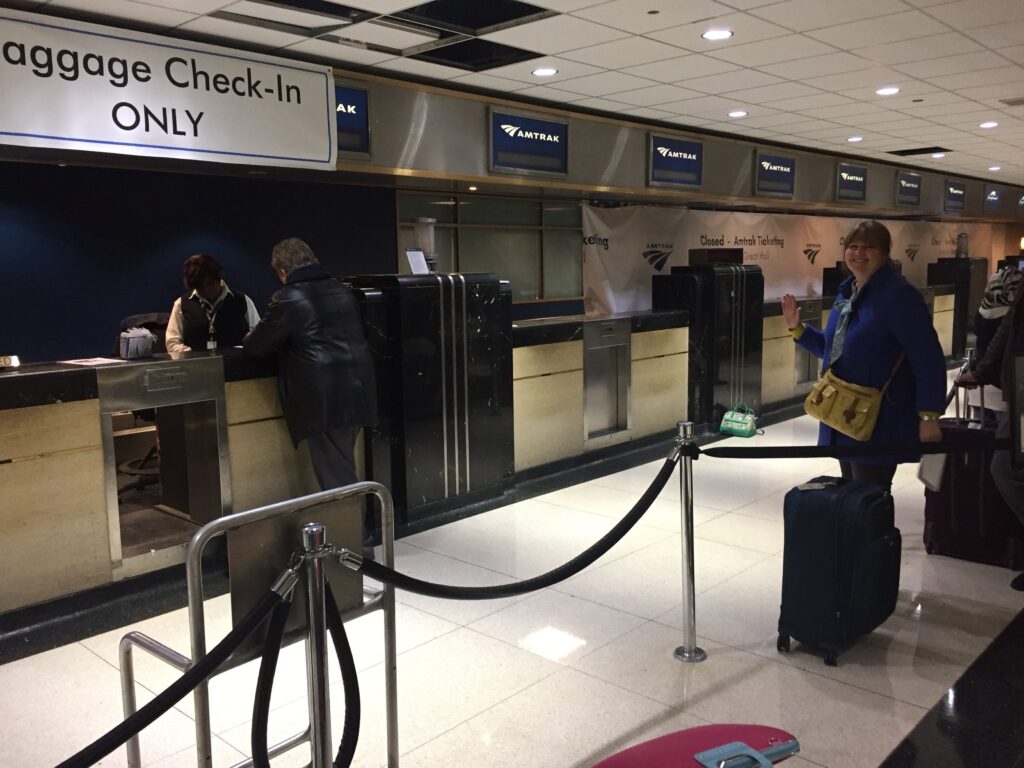


Station Amenities
- WiFi
- Restrooms
- Food court
- Ticket sales office
- Bag storage (for a fee)
- Checked baggage service
- Metropolitan Lounge
Nearby Accommodations
Several hotels are within walking distance in the West Loop, Loop, and River North areas.
Places of Interest Within Walking Distance
- Willis Tower Skydeck
- Chicago Riverwalk
- French Market
- Chicago Fed Money Museum
- Old St. Patrick’s Catholic Church
- Greektown neighborhood
- Little Italy neighborhood
Transportation Connections
- Metra commuter trains
- Water taxis (in warmer months)
- CTA transit stations nearby:
- Quincy station (8-minute walk): Brown, Orange, Pink, and Purple lines
- Jackson Blue station (8-minute walk): Blue line

Union Station’s central location makes it a convenient starting point for exploring Chicago, with many attractions, dining options, and transportation connections easily accessible on foot.
Crime and Pop Culture
Al Capone was a notorious American gangster who was convicted of tax evasion and sentenced to 11 years in prison. He was incarcerated at Alcatraz from 1934 to 1939125. Alphonse Gabriel Capone, sometimes known by the nickname “Scarface”, was an American gangster and businessman who attained notoriety during the Prohibition era as the co-founder and boss of the Chicago Outfit. His seven-year reign as a crime boss ended when he went to prison at the age of 33.
Chicago is home to numerous notorious crime gangs, many of which have had a significant impact on the city’s history and reputation:
- Gangster Disciples: One of the largest and most organized gangs, originating in the 1950s. Known for their involvement in drug trafficking and violent crime.
- Black Disciples: Another major gang with origins in the 1950s, known for its rivalry with the Gangster Disciples and involvement in various criminal activities.
- Latin Kings: A prominent Latino gang with a strong presence in Chicago, involved in drug trafficking and other organized crime.
- Vice Lords: One of the oldest and largest African American gangs in Chicago, active in drug trade and other illegal activities.
- Black P Stones: Known for their influence on the South Side and involvement in drug trafficking.
- Satan Disciples: A smaller gang known for its criminal activities, primarily in the city’s southwest neighborhoods.
- Maniac Latin Disciples: A Latino gang involved in drug trafficking and violence, primarily in the northwest neighborhoods.
- Two Six: Known for its presence in the Little Village neighborhood and involvement in drug-related crimes.
- Imperial Gangsters: Active in the city’s northwest side, involved in various criminal enterprises.
- New Breeds: A smaller gang involved in drug trafficking and other crimes.
- Gaylords: Historically one of the largest white gangs in Chicago, involved in various criminal activities.
These gangs have contributed to Chicago’s reputation for gang violence and organized crime, with activities ranging from drug trafficking to violent crimes. The city’s gang culture has deep historical roots, with some gangs originating as early as the late 19th and early 20th centuries.

Chicago is home to several neighborhoods known for their safety, making them attractive to both residents and visitors. Here are some of the safest neighborhoods in Chicago:
- Edison Park: Located in the northwestern part of the city, Edison Park is known for its family-friendly atmosphere and abundant green spaces. It has a crime rate significantly lower than the national average.
- Norwood Park: Situated on the northwest side, this neighborhood offers a suburban feel with plenty of parks and educational institutions. It is considered one of the safest areas in Chicago.
- Forest Glen: Known for its tranquil streets and spacious homes, Forest Glen is a small, family-friendly community with a low crime rate.
- Lincoln Park: This affluent neighborhood is home to cultural attractions like the Lincoln Park Zoo and offers an easy commute to downtown. It has a crime rate lower than the city average.
- Lake View: Located on the north side, Lake View is renowned for its vibrant nightlife and diverse community. It is generally considered a safe area.
- Mount Greenwood: A southwestern neighborhood known for its safety and family-friendly environment.
- West Lawn: This diverse neighborhood in southwestern Chicago is known for its affordability and lower crime rates compared to the city average.
These neighborhoods are known for their safety and community-oriented environments, making them desirable places to live or visit in Chicago.
Chicago has had a profound influence on American pop culture, contributing significantly in various areas:
Influence on Pop Culture
- Music: Chicago is the birthplace of Chicago blues, jazz, house music, and has a vibrant hip-hop scene. Artists like Kanye West and Chance the Rapper hail from Chicago, and the city has been central to the development of genres like gospel and soul.
- Film and Television: Chicago’s architecture and urban landscape have been featured in numerous films and TV shows. The city’s suburbs are famously depicted in John Hughes films like “Ferris Bueller’s Day Off” and “The Breakfast Club”.
- Media and Publishing: Chicago’s Black press has played a crucial role in shaping African American culture and identity, with influential publications like Ebony and Jet magazines originating there.
Gangster Culture
- Origin: While gangster culture did not originate in Chicago, the city became infamous for organized crime during the Prohibition era, with figures like Al Capone becoming iconic. This history has contributed to Chicago’s reputation in popular culture as a city of gangsters.
Culinary Influence
- Pizza: Chicago is renowned for its deep-dish pizza, which originated at Pizzeria Uno. The city’s culinary scene is diverse, with iconic dishes like the Chicago-style hot dog and Italian beef sandwich.
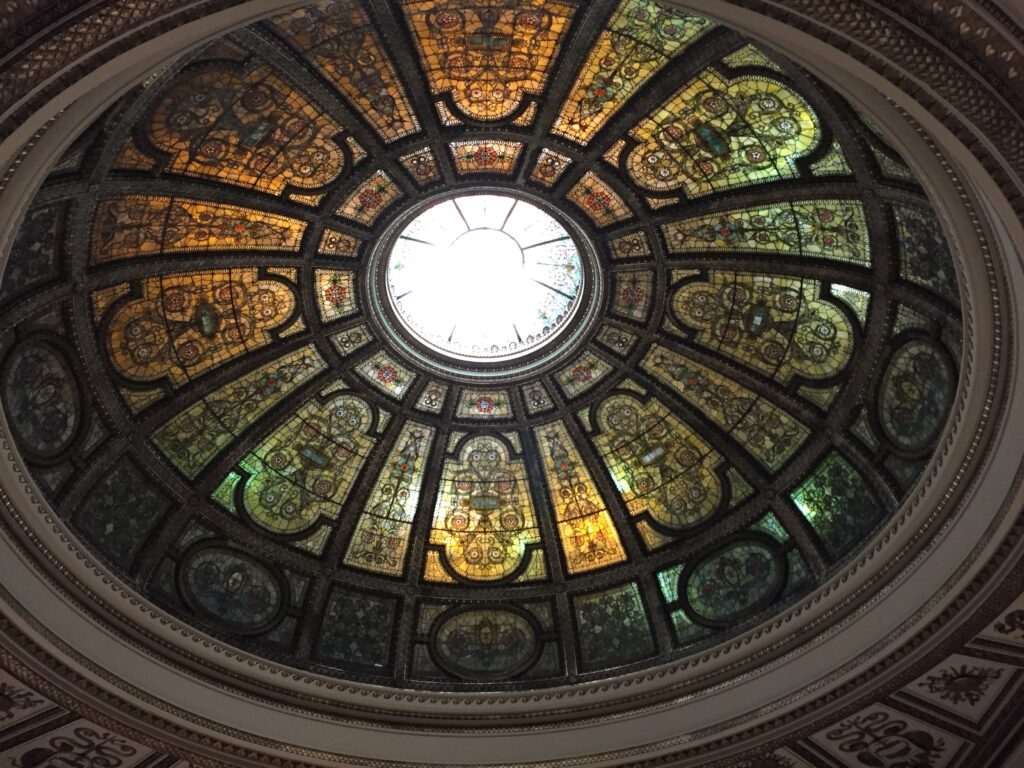
Lou Manetti’s Pizza is often regarded as one of the best places to experience Chicago-style pizza, but whether it is the “best” can be subjective and depends on personal taste. Chicago is famous for its deep-dish pizza, and many establishments compete for the title of the best, including Lou Malnati’s, Giordano’s, and Pequod’s.
Reasons for Popularity
- Authenticity: Lou Manetti’s Pizza emphasizes traditional recipes and high-quality ingredients, appealing to pizza enthusiasts.
- Local Favorites: Many locals and visitors alike have their favorites, which can lead to passionate debates about which pizzeria reigns supreme.
Chicago-Style Pizza Focus
Chicago-style pizza, particularly deep-dish, is a significant part of the city’s culinary identity. It draws visitors who want to experience this unique take on pizza, characterized by its thick crust and layered toppings.
Safety and Areas to Avoid
- Perception of Danger: Chicago has areas with higher crime rates, but it is not uniformly dangerous. Like any major city, some neighborhoods are safer than others.
- Areas to Avoid: It’s generally advised to exercise caution in certain parts of the South and West Sides, especially at night. However, many areas are safe and vibrant, contributing to Chicago’s appeal as a tourist destination.
Overall, Chicago’s contributions to music, film, media, and cuisine have made it a significant cultural hub in the U.S., while its history with organized crime has added to its complex image in popular culture.


